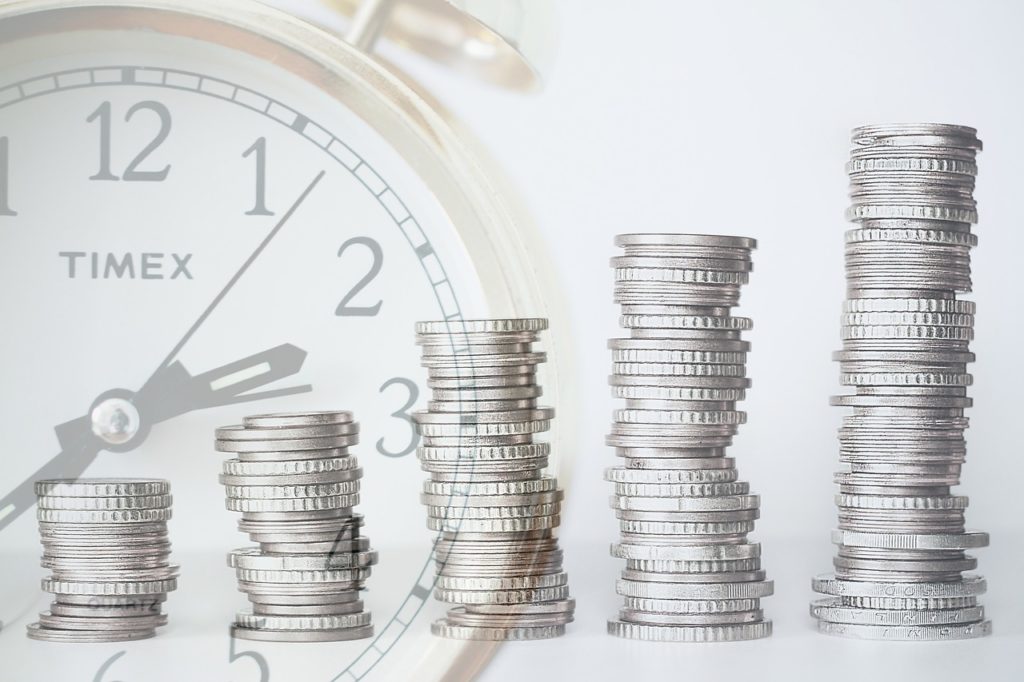4 Ways to Give Yourself A Better Retirement
Retirement is not something that just happens to you. Just like how you get to choose to retire, you have the tools in front of you to create the lifestyle you want. The key is to learn as much as you can and be willing to think out of your regular financial patterns so that you can “free up” more money in the long term.
1. Leverage the power of your HSA
As you likely know if you already have a health savings account (HSA), you can contribute pre-tax dollars to these accounts. From there, you can use the money to cover health costs. The “catch” is that If you withdraw funds from an HSA and spend them on non-health-related expenses, you will pay a penalty.
So how can this account possibly save you money for retirement?
The reality is that health costs are among the biggest ones that retired seniors face. You can use the untaxed funds from your HSA to cover these costs without paying any penalties.
In fact, you incur a triple tax advantage with these funds. We already covered how your contributions are happening before this money is counted as income. You also do not have to report it as part of the Federal Insurance Contributions Act (FICA). And, to top it all off, your balance grows tax-free.
You don’t have to just leave your HSA funds still in a bank account. In fact, you can even invest your HSA assets.
2. Buy alternative assets within your IRA
Most financial institutions will try to limit you to an IRA that just allows for conventional investments that include stocks, bonds, and mutual funds.
You might find this boring, especially if you keep to diversify your investments.
If you haven’t heard about one already, you should look into a self-directed IRA (SDIRA). Per the IRS, these accounts give you the widest range of options possible for investment. You accept all responsibility for the performance of these assets, but then again, there’s that saying: “with great power comes great responsibility.”
You could consider rolling over assets if they are in other types of retirement accounts or plans. One goal of financial literacy is to help investors make the best possible decisions for their long-term financial futures, and this includes wrapping their heads around all the options before them so that they can maximize their retirement funds.
What sorts of assets can you invest in with an SDIRA? Think cryptocurrency, commodities, gold and silver, tax lien certifications, real estate, and more. Working with a group that is experienced in handling SDIRAs can make sure you submit all the necessary documentation to do right by the IRS.
For example, what about veterans with pensions – is that really the best place for their financial assets? Balancing conservative and relatively risky investment approaches may net gains in the long run.
3. Automate, automate, automate.
Whatever you decide to do, the point is that you set it and forget it.
You don’t need to invest much at once in order to see the rewards pile on over time (think: compounding interest). How do you do this?
Choose to invest a certain dollar amount—even $30—every month. It might not sound like much, but depending on how long they stay in your retirement account, they can amount to something on the scale of thousands of dollars.
Alternatively, you may choose to set and contribute a percentage of your income every month to your retirement savings.
If you do this, make sure you continue to carefully inch up your contributions over time for added gains. An increase from 5.7% to 6.0% might not seem like very much right now, but depending on the assets you possess and the way any sort of compound growth occurs, you will notice the effects as this will make all the difference.
5. Make a rule for contributions
There is plenty of room for creativity here. Maybe you use coupons and save up the coupon savings, which you then place into a retirement account. Maybe you round up on every purchase and deposit the change difference. Maybe you invest your returns from credit cards reward programs. There are tons of apps available on desktop or any device to help automate all of these contributions.
Again, set it and forget it. Once you have this rule in place, let the retirement savings pile up. Don’t be all-or-nothing about your retirement; just because you don’t have the figure you think you need to invest doesn’t mean you shouldn’t set anything aside. Every bit truly does make a difference in preparing for your retirement.

